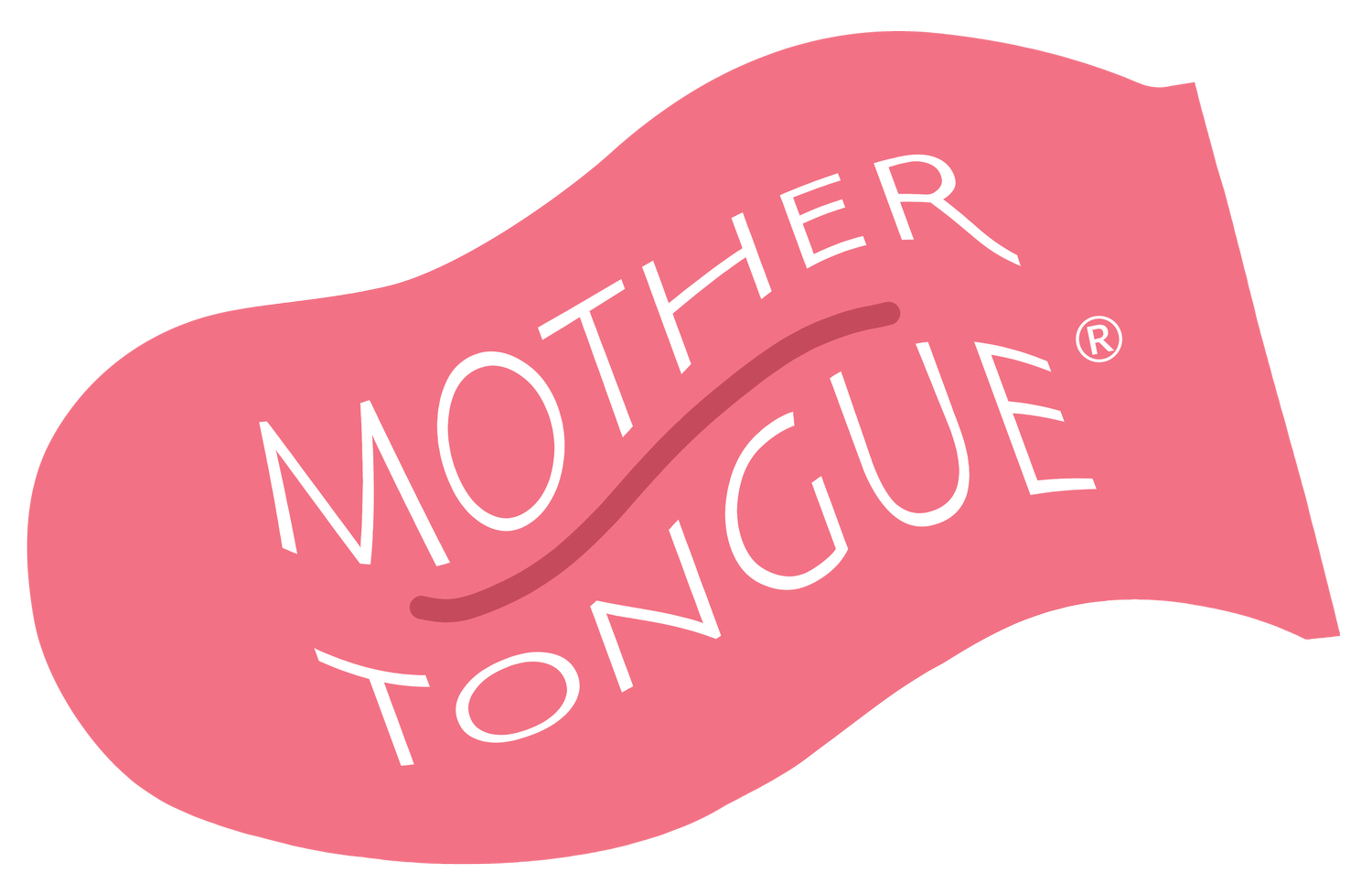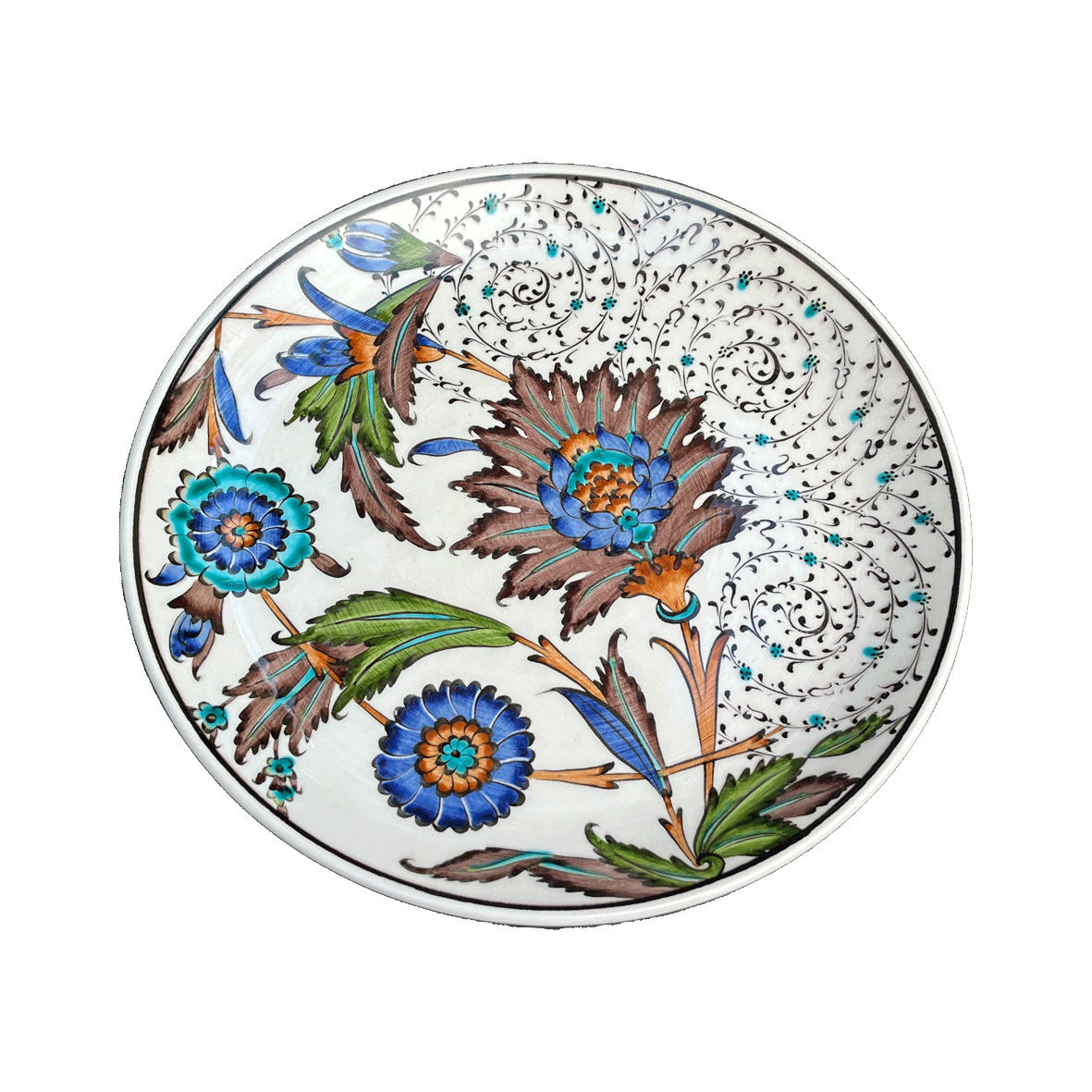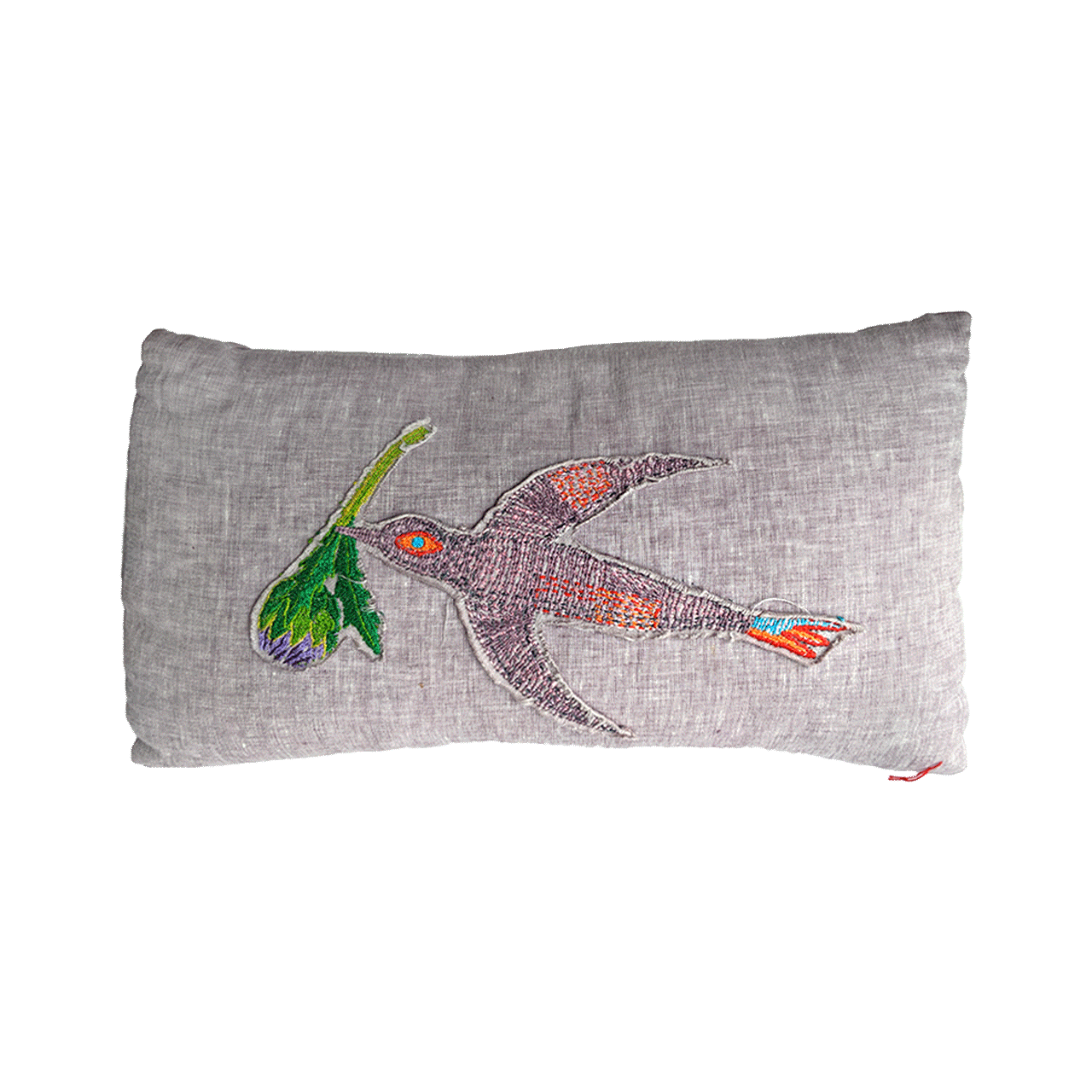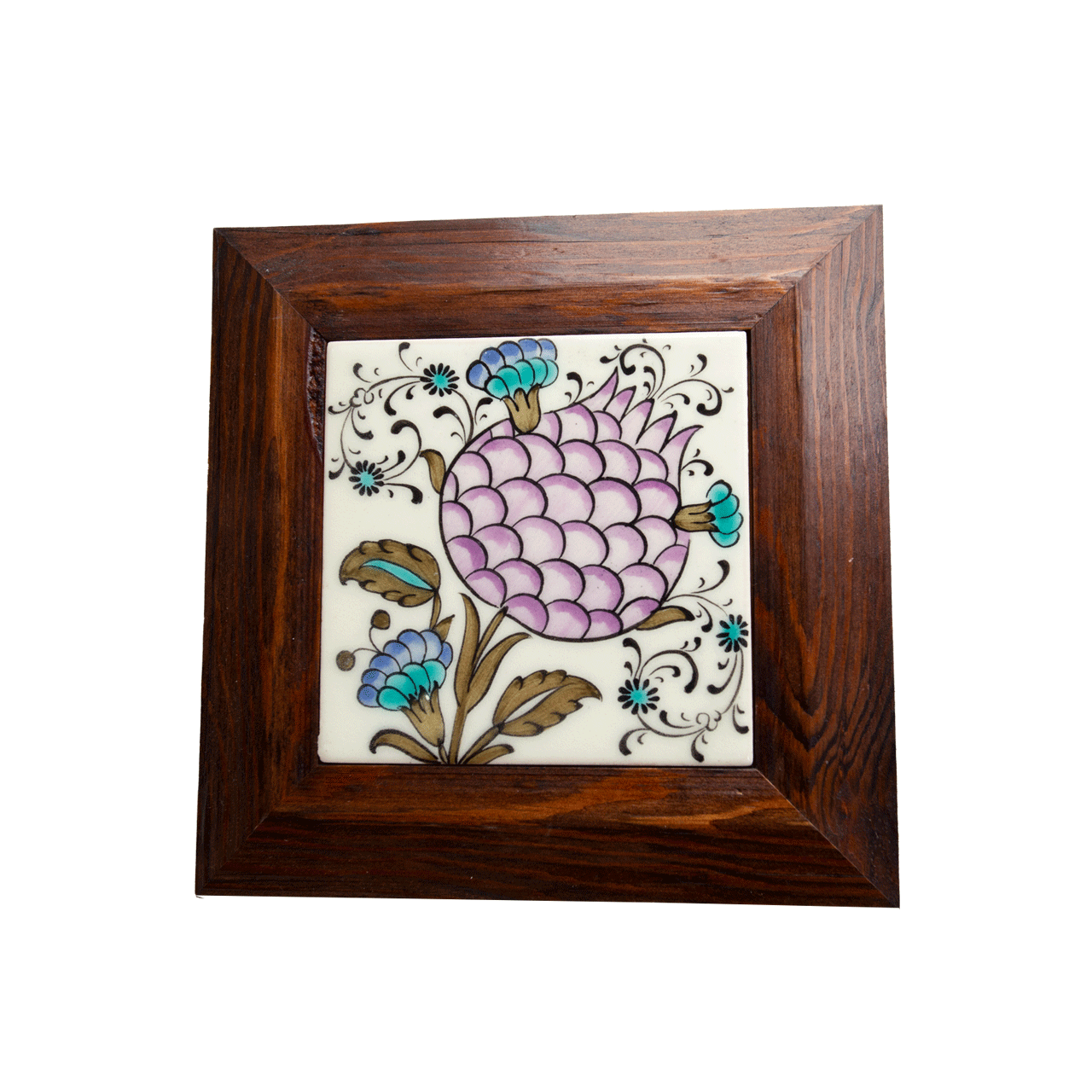You Call It Artichoke, We Call It Enginar
Throughout history and into modern day, we frequently see the influence of food to go beyond the plate.
In this 3-part collaborative project between Hasat and Mother Tongue, we’ll be exploring the connection between Turkey’s culinary and artistic cultures, starting our first chapter with the artichoke.
Artichoke is a vegetable of Mediterranean origin. It is believed to be developed in Sicily in the 14th Century through the domestication of wild artichoke, known as cardoon (kenger in Turkish). Though we find artichokes mentioned in Ottoman archives dating as far back as 1471, these records are known to imply the wild variety.¹
Archaeologist and food engineer Ahmet Uhri traces back the appearance of artichokes in Turkey through the trail of Jewish communities migrating from Western Europe.
“…Jewish immigrants brought with them the artichoke and planted it for the first time in Ortakoy, istanbul.
Later on, Bayrampasa took the lead in artichoke production.”²
This reputation lasted many years until Bayrampasa’s urbanisation left apartment blocks where there were gardens, and sculptures where there were plants.
Unlike Europeans, Ottomans did not take a conservative stance against the newly-developed artichoke and accepted this vegetable a part of their cuisines.
Once the artichoke found itself a place in the Ottoman palace, it seeped out of the kitchen and into the workshops, where it inspired designs on Iznik ceramics, as well as prized velvet fabrics.³
Seven centuries since its cultivation, the cultural relevance of artichokes has grown, despite industrialisation.
In their recent art project, Jovita Sakalauskaite and Elvan Özkavruk Adanır recreated 35 dishes significant to Turkey’s third largest city Izmir, using only fabrics - out of which, not one, but two were artichoke based.
Textile sculpture of Turkey’s signature artichoke dish ‘Baklalı Enginar’ by Jovita Sakalauskaite and Elvan Özkavruk Adanır. Photography by Ersan Çeliktas.
It’s not just artists who have been promoting the artichoke, the decorative yet spiky bulb is used as a symbol for local food markets, restaurants, and towns, specifically in the Aegean region, where the annual artichoke festival takes place.
The festival aims to highlight artichoke’s importance in Turkish cuisine, encourage its popularity by putting on workshops that range from cooking to perfume making, while also encouraging tourism in the region.⁴
Technically, an artichoke is an immature flower bud of a thistle plant; therefore, timing is everything when harvesting this delicacy; they require daily checks during harvest season, in order for the buds to be picked just at the right time before they flower.
From farm to table is just as demanding and perhaps, even a little intimidating... First things first - the edible parts are in two places: the leaves’ base and the bud’s heart, including the head of the tender stalk.
A lot of trimming is involved to access the core, and immediately after you cut into the plant, it will start to oxidise.⁶
There are, of course, people who make it look incredibly easy, just like artichoke expert Sercan, who has developed a creative and unique selling point, successfully distinguishing himself from other artichoke vendors.
Sercan - ‘the fastest artichoke peeler’ - puts on a show for market dwellers.
To see Hasat have a go at cleaning and preparing the artichoke, watch the video below.
Once the plant’s heart is removed, the artichoke can be fried, grilled, steamed, pickled, canned, puréed, and more.
To give you an idea of the versatility of artichokes, Hasat prepared a delicious recipe by Samin Nosrat - which boils and roasts the artichoke to develop maximum flavour before coating it in tangy vinaigrette. It’s a great way to allow the texture and flavour of the artichoke to be the star of the dish. To have a go yourself, click here.
As we leave this wondrous plant behind, we have no doubt that its geometric and architectural appearance will keep inspiring the art world, and its tender, edible heart will keep offering endless opportunities for chefs and cooks alike.
To take a piece of this history home with you, visit Mother Tongue’s collection here.
Thanks for following along in our exploration of the artichoke and stay tuned for the next chapter!
[1] http://trdergisi.com/devedikeninden-enginara-egzotik-bir-sebzenin-seruveni/
[2] https://www.youtube.com/watch?v=oflpT7h_C5Q&list=WL&index=1
[3] https://www.cumhuriyet.com.tr/haber/krallarin-%e2%80%a8sofrasina-layik-diken-273533
[4] https://culinary.ieu.edu.tr/en/news/type/read/id/3614
[5] https://www.thespruce.com/tips-for-growing-artichokes-1403455
[6] https://www.seriouseats.com/2015/03/how-to-prepare-cut-trim-clean-artichokes-hearts.html
~ Photo credits in captions where possible.


















